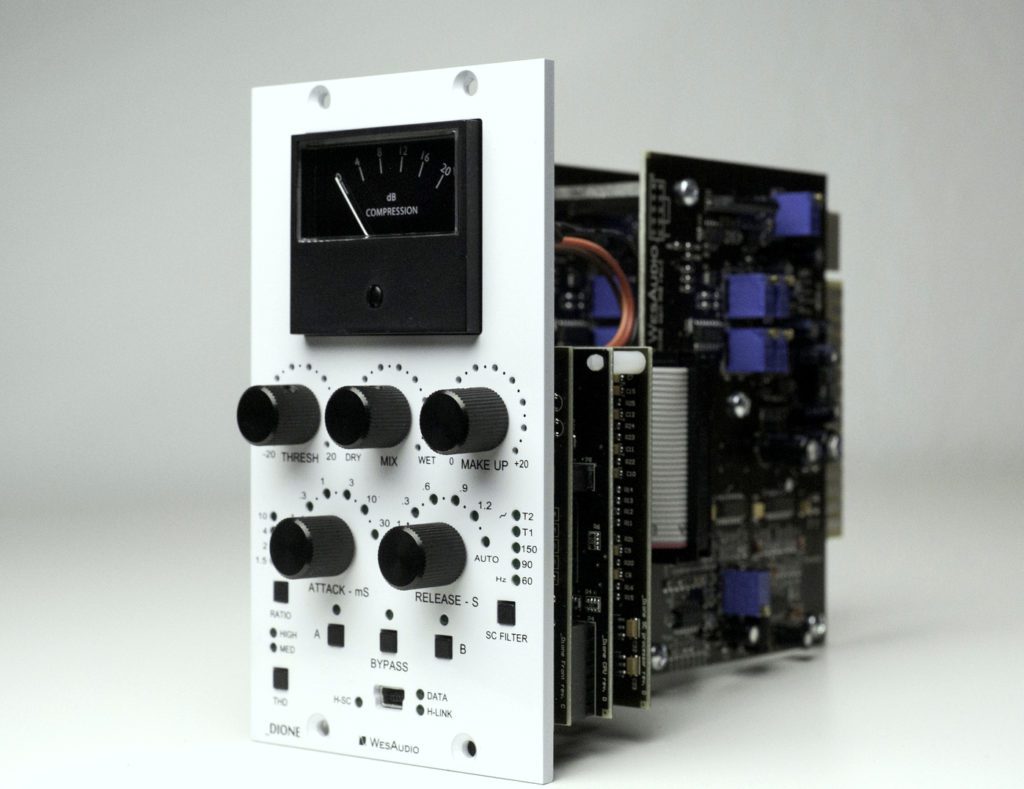Designed to sound like Solid State Logic’s famous stereo bus compressor, WesAudio’s Dione compressor combines classic sound with some really cool features for a modern DAW-based studio like ours.
If you’ve been reading our blog as we’ve been getting our equipment up and running, you know that we’ve been looking at getting a variety of different flavors of mic preamps and compressors for the kind of work we do here at ULS. One of the more famous compressor models out there is Solid State Logic’s G-series bus compressor.
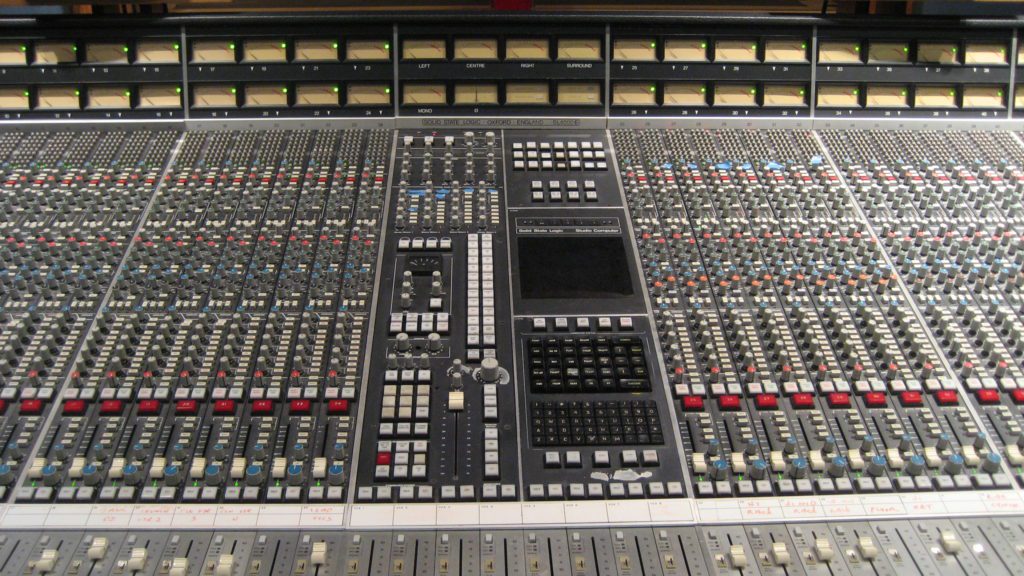
Solid State Logic’s SL 4000 console was the first console that included compressors on every channel on the board. Plus, the console’s master section (the last link in the chain) also included a master bus compressor to provide a little extra control of the audio program as it was leaving the console. But SSL also cleverly allowed you to “patch into” the mix bus compressor from elsewhere on the board, meaning you could use the master bus compressor while tracking instruments typically recorded in stereo, such as piano and drums. So this bus compressor was incredibly versatile, both as a tool while tracking instruments, and a “final glue” in completing a mix.
As with most other pieces of legendary studio gear, the SSL G-series compressor went out of production when the G-series was discontinued. But its unique capabilities meant that studio folk still wanted the sound of that unit even if they were no longer working on a board of that size and pedigree. SSL is still a going concern, and in addition to including it in their modern-day consoles, they now offer the G-series bus compressor as a standalone unit.
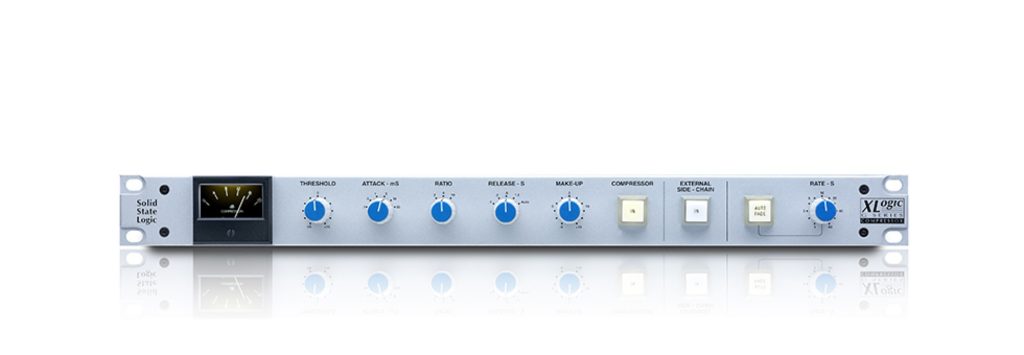
As is often the case, there are all sorts of clones of the G-series bus compressor out there—even some DIY kits for those that like to swing a soldering iron on weekends. I briefly considered building my own, but it was hard to find a 500-series kit version of the G-series bus compressor, and I didn’t want to sacrifice our limited rack space to build a larger-case version like SSL’s real McCoy version.
At one point, I did get wind that a company called Serpent Audio had been offering a 500-series version of SSL’s bus compressor as a DIY kit, the SB-4001. By the time I’d come across it, though, it seems Serpent Audio had stopped offering the kit, and had moved to selling fully assembled versions only. Since it seemed like my only option for a 500-series SSL bus compressor, I went ahead and picked one up.
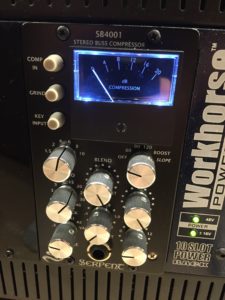
I’m embarrassed to say that it didn’t last very long in the rack. Not because there was anything wrong with the build quality or the sound of the unit — both were excellent — but because a couple days after I ordered it, I got wind of Polish audio manufacturer WesAudio’s take on the SSL bus compressor, the Dione.
While the Serpent Audio version offers a couple of features the WesAudio product doesn’t, the Dione has one feature that I found truly compelling; a game changer that made me want to get one.
Remote control.
As in, fully recallable, fully automatable remote control,
from within a Pro Tools session.
Whoa.
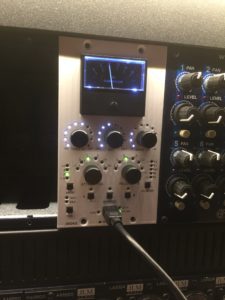
That’s an absolute game changer for us. Since we tend to have a lot of projects flying around at the same time, the ability to store outboard settings within the session, and recall them at will, is a huge plus for our workflow. In that respect, the Dione and its related AAX control really does feel like a “hardware plugin.” When the AAX control is instantiated and open on an aux track in Pro Tools, it looks just like any other software plugin you might happen to use in your session. You can turn knobs, push buttons, even bypass the plugin — and the 500 series module responds as if you’d pushed a physical button on the unit. Turn a knob on the physical unit, and it’s immediately reflected in software. The module sports a true, relay-controlled hardware bypass, so selecting “bypass” in Pro Tools yields a satisfying electromechanical “click” from within the bowels of the module. If you’ve dialed up settings in one Pro Tools session, then opened another and made different adjustments, the settings stay with the session. So when you go back and forth between the two sessions, the hardware unit’s settings are changed automatically. So cool.
The module receives its marching orders from the computer by way of a USB connection. There is a mini USB plug on the front face of the module, but WesAudio has also developed a hardware “extension” to the 500 series standard they are aggressively pushing the 500 series community to adapt. This extension adds a small extra set of connector pins to the back of the module’s interface card. In a 500 series rack that supports this addition (such as Wes Audio’s own Titan rack chassis), a single USB connection on the back of the rack mount can provide USB connectivity to any modules such as the Dione that support this communication standard. WesAudio also currently offers the Mimas, a 500-series version of the 1176 compressor, that supports this communication standard. I am intrigued by the possibilities offered by having a whole set of recallable compressors in the rack, especially because the remote control functionality would allow us to leave them out in the hall closet rather than in the limited rack space we have in the control room. But that’s a bridge I will likely be waiting a while to cross, if ever.
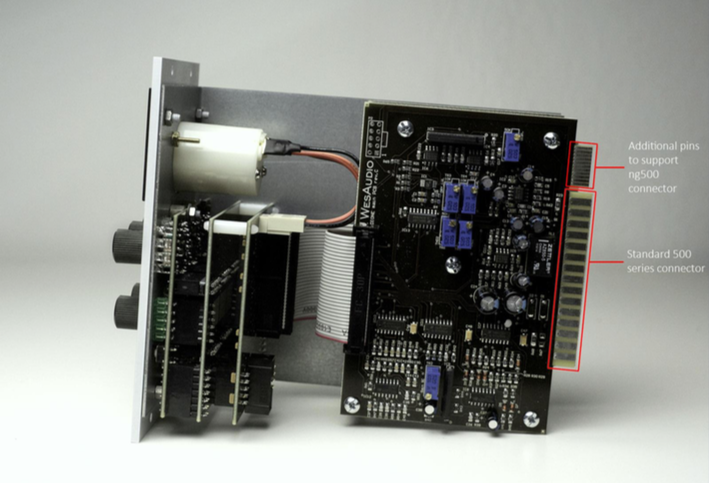
I think the one thing about using “hardware plugins” that may limit how much I want to use them is the way they affect our workflow on longer stretches of material. Pro Tools users screamed for a good 15+ years about how Pro Tools’ 1990s-era audio engine did not allow “faster than real time” rendering. Meaning, if you were working on a 6-minute song and needed to make an MP3 version to send to your client, you had to sit and wait the full 6-minute length of the song for Pro Tools to bounce the file. This was corrected in Pro Tools version 10, which appeared around 2012. So it’s only relatively recently that we’re able to use “offline bounce” mode on Pro Tools to create MP3s and other audio files at whatever speed the CPU can handle, rather than whatever the real time length of the song is.
If we’re using hardware plugins like the Dione, though, offline bounce goes right out the window. Since you can’t feed audio to the external hardware any faster than real time, we’re back to using the old-fashioned method of selecting “bounce to disk” and then taking a walk to get some air, check email or see what’s happening on Facebook. It’s not a deal breaker most of the time, but on longer-form material such as audio for a video program, the loss of offline bounce is a significant drag on our productivity and a consideration we have to keep in mind.
Still, I love where Wes Audio is heading with this. I look forward to seeing what other sorts of remote controllable tricks they’ve got hiding up their sleeves.
And the Serpent Audio bus compressor I bought? It’s looking for a happy home at another studio. Low miles, mint condition. I hear it plays nicely with the other children in its class.

